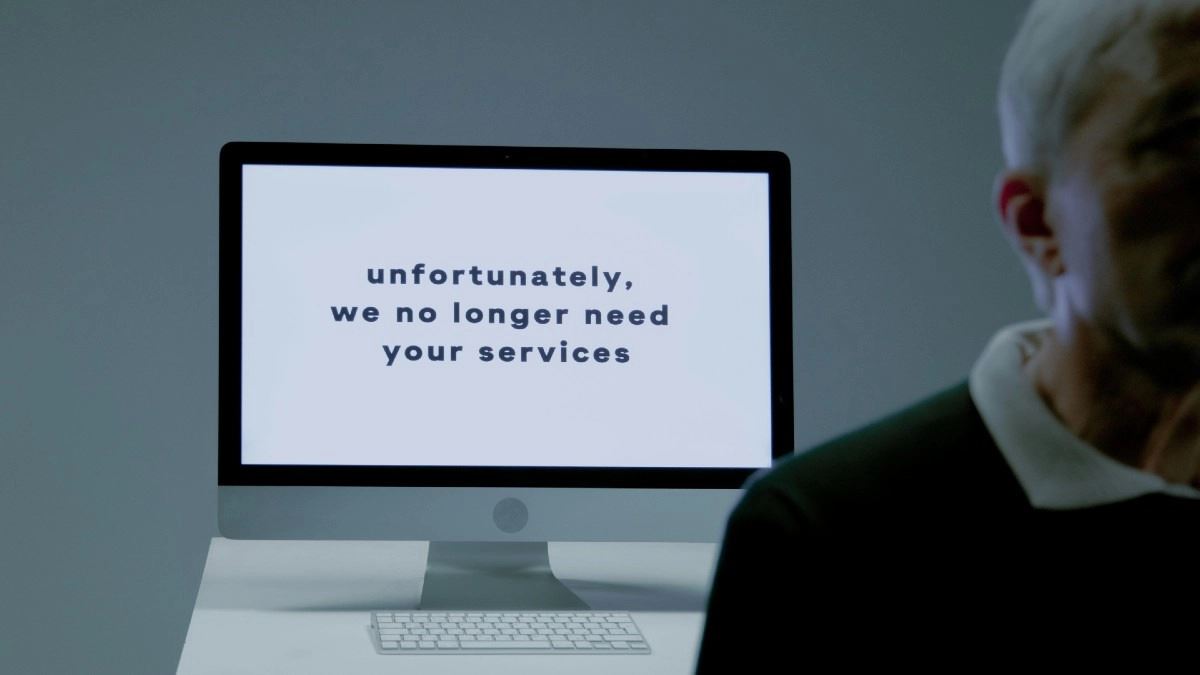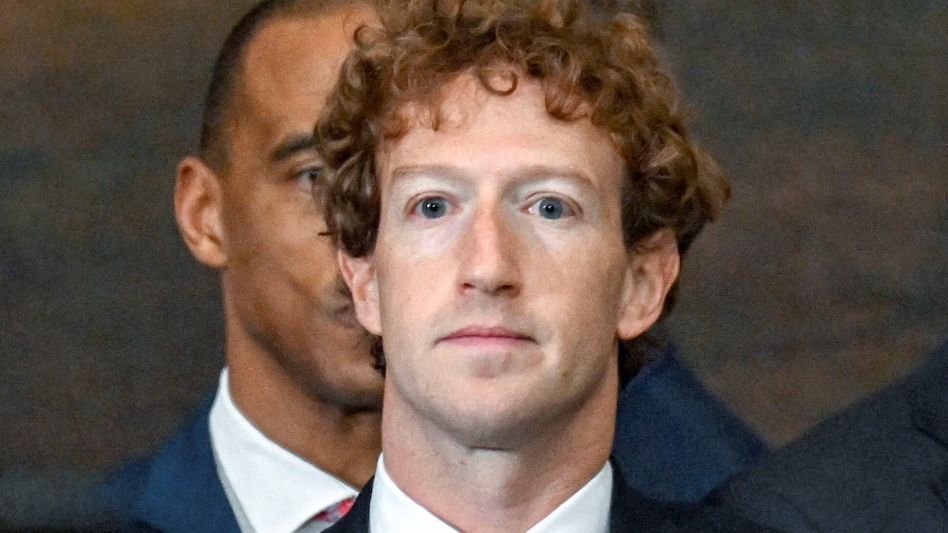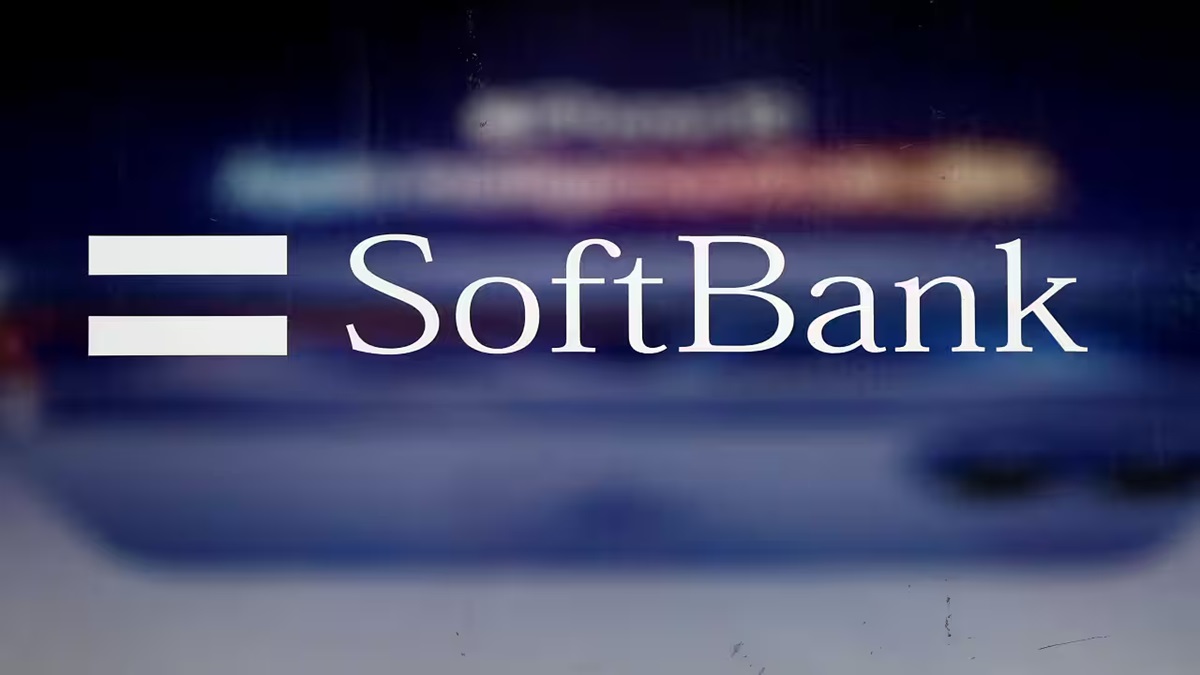While ‘quiet quitting’ signalled a disengaged workforce, a new phenomenon dubbed ‘quiet cracking’ by Frank Giampietro, Chief Wellbeing Officer, EY Americas, is emerging in workplaces.
Unlike those who quietly withdraw from their jobs, ‘quiet crackers’ keep delivering high performance, often exceeding expectations, while silently battling burnout.
These employees push themselves beyond healthy limits, working long hours, hiding stress and appearing productive even as their mental and physical health deteriorates.
ETHRWorld interacted with HR leaders to delve deep into the issue of ‘quiet cracking’ and its impact on workplace productivity.
Quiet Cracking: Symptoms
When an employee finally ‘cracks’, it often results in sudden resignations, health crises or steep productivity drops, creating significant talent retention and cost challenges for companies.
Giampietro warns that part of the problem stems from a decline in corporate investment in employee wellbeing.
While such spending surged during the pandemic, many organisations have since shifted focus to cost-cutting.
“Quiet Cracking is often harder to detect than disengagement, as top performers continue to deliver results while silently battling burnout,” said Simantika Mukherjee, Group CHRO, Tribeca Developers.
Training leaders to see beyond performance metrics
HR leaders agree that detecting ‘quiet cracking’ requires a cultural and managerial shift.
“Managers at Schneider Electric are not just responsible for tasks, they are champions of wellbeing, role models of compassionate leadership and advocates for trust and simplicity,” said Binu Philip, CHRO, Greater India Zone, Schneider Electric.
Philip further said, “Through our ‘Leader Code’, we celebrate those who make things simple, free up energy for their teams and others, and foster a culture of trust where everyone can thrive. This approach, we believe, is key to addressing the challenge of ‘quiet cracking’, where high performers silently disengage.”
Rohit Hasteer, CHRO, REA India (Housing.com), said the key is to replace surveillance with genuine human connection.“Managers need to notice changes in communication, responsiveness and overall demeanour, not just whether someone is meeting targets. Emotional intelligence, psychological safety and regular, trust-based check-ins can help leaders sense issues before they escalate,” said Hasteer.
He added, “At REA India, we’re consciously shifting away from rewarding visibility or long hours and instead focusing on outcomes and impact. Our performance management practices are designed to recognize what is achieved, not how long someone appears to be working.”
“Managers at REA India, are trained to ask open-ended questions and listen without judgment. When employees feel safe to talk about challenges without fear of being perceived as weak, they open up earlier. That’s when we can intervene supportively—not intrusively,” said Hasteer.
Mukherjee of Tribeca Developers said managers must look beyond outcomes. She encourages leaders to ask not just what was achieved but how it felt to achieve it.
Tribeca trains managers to spot behavioural shifts, reduced enthusiasm and patterns like consistent late-night work, subtle signs that a high performer might be under strain, said Mukherjee.
According to Bensely Zachariah, Global Head – Human Resources, Fulcrum Digital Inc, training must be practical, not theoretical.
“Case based learning and real-life simulations work better than just slides on burnout. Managers are taught to pick up early warning signs such as withdrawal from team activities or unusual fatigue, while respecting privacy. Data can be used responsibly, such as tracking patterns of overtime without crossing into intrusive monitoring,” Zachariah said.
Zachariah emphasised that managers should know their limits. “They are expected to support and refer, not act as therapists. Employee Assistance Programmes (EAPs) and professional counsellors should be part of the safety net,” he added.
Shaping culture and retaining high performers before they break
Experts agreed that workplace culture plays a decisive role in fuelling or preventing ‘quiet cracking’.
The glorification of overwork, hustle culture and always-on availability sends subtle signals that constant busyness equals dedication.
“We’ve built a culture where speaking up is safe and encouraged. Our Employee Resource Groups (ERGs) and ‘Speak Up’ culture empower employees to voice concerns, share when they feel stretched, and seek support without stigma,” said Philip of Schneider Electric.
“Programmes like Care Leave, enhanced insurance for differently-abled employees reflect our holistic approach,” said Philip.
“At REA India, performance is measured by outcomes and impact rather than hours worked. Leaders are expected to model balance, taking time off, avoiding after-hours emails and respecting boundaries,” said Hasteer.
Tribeca Developers actively discourages toxic workplace politics and celebrates sustainable performance, said Mukherjee.
“Culture plays a decisive role as well. When overwork or constant availability is glorified, employees feel compelled to prove their worth endlessly,” opined Mukherjee.
Strategies organisations can adopt
Changing culture requires more than inspirational messaging. It demands structural change.
Zachariah pointed out that HR must realign promotion criteria, recognition systems and performance evaluations to reward innovation, collaboration and sustainable productivity.
When it comes to retention strategies, generic wellness benefits are not enough. Hasteer emphasises personalised career development, providing high performers with exposure to industry events, cross-functional projects and executive education.
Tribeca’s approach includes coaching, flexible goal-setting and embedding wellbeing into work design so performance and engagement reinforce each other, said Mukherjee.
Zachariah suggested targeted interventions for high performers who risk burnout from overdependence. These include workload audits, equitable task allocation, backup ownership models and AI-enabled automation to reduce chronic pressure.
Rotational programmes, stretch assignments and giving employees more say in project selection can keep them engaged without overburdening them. Ultimately high performers stay not just because of perks, but because they feel valued, trusted and supported.




















